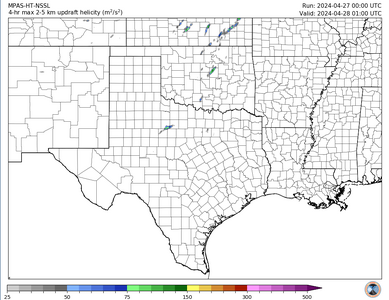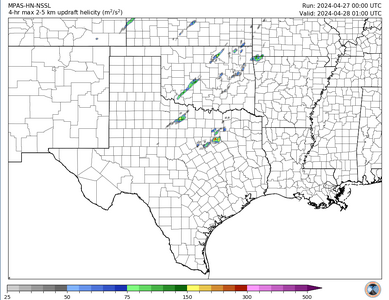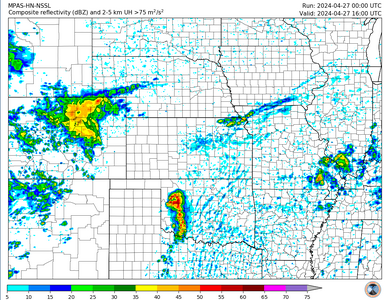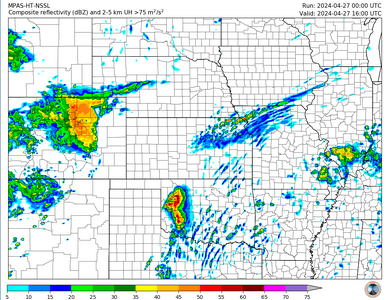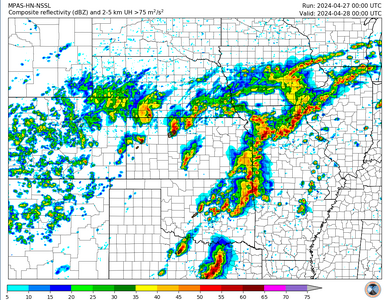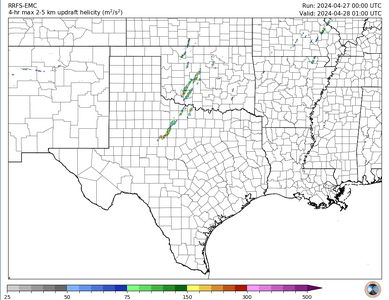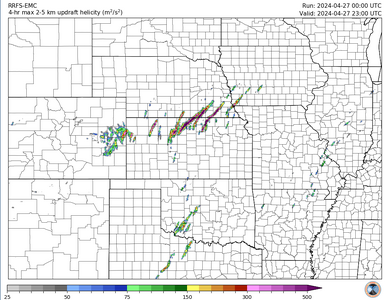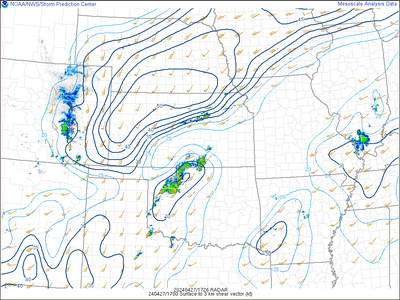Mikaela Norris
EF2
I can't recall ever attempting to post in an EVENT thread with any more detail than "I plan to target X town", so please bear with me on this one. The CAMs seem to be coming into agreement with convection kicking off in western north TX and heading into SW OK as early as 12-15z, with some signs of it remaining discrete and robust. Both the HRRR and the NAM have some impressive parameters throughout SW OK at that time as well. This is from the 00z run of the NAM valid at 15z in SW OK.
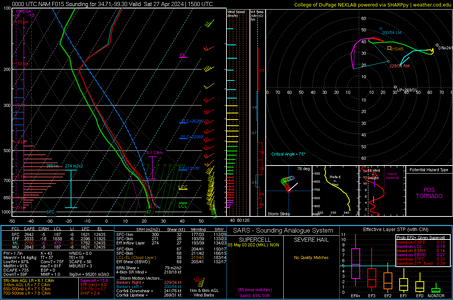
I will be starting from home in Altus, OK, so my plan right now is to start bright and early and chase the early morning convection as it moves off to the NE. Later on around midday and into the afternoon, however, I'm still having trouble deciding on a target. Someone please correct me if I'm misinterpreting something, but on the most recent HRRR and NAM runs, both are showing the better parameters being off to the south and to the west of the OKC metro as far as instability, SRH, etc., and then pushing off to the east as the afternoon progresses. The CAMs are also showing discrete afternoon convection in that region, especially down towards the Red River. Following the morning storms, my thinking right now is to perhaps target somewhere along the I-44 or I-35 corridor, north of a line from Lawton to Wynnewood, but south of the metro. I'm sure that my plan will change again once I wake up tomorrow, and probably a million more times throughout the day, but I wanted to actually get something written down to keep myself honest and to hopefully force myself to improve my forecasting. Also, if I am mistaken on any of my above reasoning or am missing something meteorologically, please feel free to correct me!

I will be starting from home in Altus, OK, so my plan right now is to start bright and early and chase the early morning convection as it moves off to the NE. Later on around midday and into the afternoon, however, I'm still having trouble deciding on a target. Someone please correct me if I'm misinterpreting something, but on the most recent HRRR and NAM runs, both are showing the better parameters being off to the south and to the west of the OKC metro as far as instability, SRH, etc., and then pushing off to the east as the afternoon progresses. The CAMs are also showing discrete afternoon convection in that region, especially down towards the Red River. Following the morning storms, my thinking right now is to perhaps target somewhere along the I-44 or I-35 corridor, north of a line from Lawton to Wynnewood, but south of the metro. I'm sure that my plan will change again once I wake up tomorrow, and probably a million more times throughout the day, but I wanted to actually get something written down to keep myself honest and to hopefully force myself to improve my forecasting. Also, if I am mistaken on any of my above reasoning or am missing something meteorologically, please feel free to correct me!

